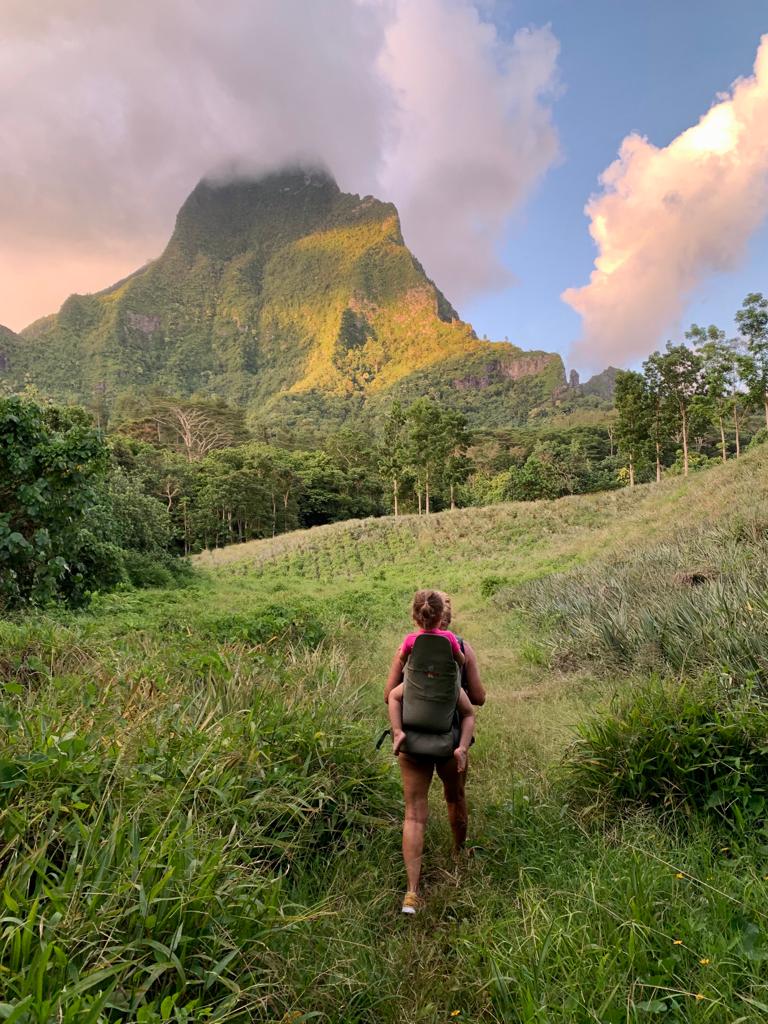Dear Integral Meditators,
What if when something in your life went seriously wrong, the first thing that you did was laugh open-heartedly? Perhaps there is a part of us that already does, and the article below explores how to connect to him/her/it!
This Saturday if you are in Singapore we have two meditation workshops, do scroll down to the ‘upcoming courses section’ below to find out more.
In the spirit of ancient lightness,
Toby
 The Laughter of the Young and the Ancient
The Laughter of the Young and the Ancient
What if when something in your life went seriously wrong, the first thing that you did was laugh open-heartedly?
What would happen if the next time you lost some money, or a big business deal feel through you winked knowingly at the first stranger you met?
What would happen if you could respond to the most ‘serious’ parts of your life with playful and spontaneous creativity?
I really enjoyed the movie version of the Lord of the Rings books, but the one thing I was slightly disappointed about was that they left out a character called Tom Bombadil. Tom Bomabadil interests me because, of all the characters in the story, he is the only one who is immune to the evil, corruptive influence of the ‘ring of power’. All of the other characters are afraid of the power of the ring, which upon contact causes them to immediately start fantasizing about delusions of power and dominion. However, when Tom puts on the ring it has no effect; to him the all corrupting ring is an object of amusement, a trinket, with no real practical use.
We hear in the story of the lord of the Rings that Tom Bombadil was the Oldest of the Old (‘the oldest and fatherless’) who walked the earth before both elves and men. Essentially he seems to be a nature spirit of sorts, coming from a time and existing within a mental framework both before and outside of our human paradigm of good and evil, a time when harmony, laughter and song were a natural state of being, were perhaps the law of being.
As my own practice of meditation and mindfulness develops, I find myself coming across and connecting to an inner place within myself that lies beyond the daily struggle of good and evil, of striving or laziness, achievement versus failure. It seems to be an innocent state of being that is naturally laughing and humorous, naturally light and strong, naturally comfortable and balanced despite the comings and goings of fate and fortune in my life. This state of mind seems to me to be a little bit like my ‘Inner Tom Bombadil’, the part of me that walks on the earth as one with nature, that lives truly in the primally presentmoment, that sings and laughs with child-like and yet very old spontaneity, comfortable in the world but not of the world.
Connecting within yourself to a time before good and evil
Spend a few moments now connecting to that part of you that is fatherless and motherless, the oldest of the old as well as the youngest of the young. S/he is beyond any struggle for human power, beyond shame or pride. s/he is primally humorous and celebratory; the wise fool, the innocent sage. Bring your inner Tom Bombadil out into the world to play and celebrate. See what starts to change in your life when you do!
Related articles: The Four Types of Present Moment Awareness
Locating Your Deep Centre
Connecting to Your Spiritual Fool in the Mirror World
© Toby Ouvry 2015, you are welcome to use or share this article, but please cite Toby as the source and include reference to his website www.tobyouvry.com
Upcoming Courses at Integral Meditation Asia :
Tuesday March 10th – The Mindful Salesperson – An Evening Exploring the Relationship Between Mindfulness, Sales and Marketing
Saturday 14th March 9.30am-12.30pm – Living Life From Your Inner Center – Meditations for Going With the Flow of the Present Moment
Saturday 14th March 2.30-5.30pm – Meditations for Developing the Language of Your Shadow Self – A Three Hour Workshop
Saturday March 28th 2.30-5.30pm – Mindfulness and Meditation For Creating a Mind of Ease, Relaxed Concentration and Positive Intention
Integral Meditation Asia
Online Courses * 1:1 Coaching * Life-Coaching * Live Workshops * Corporate Mindfulness Training * Meditation Technology










